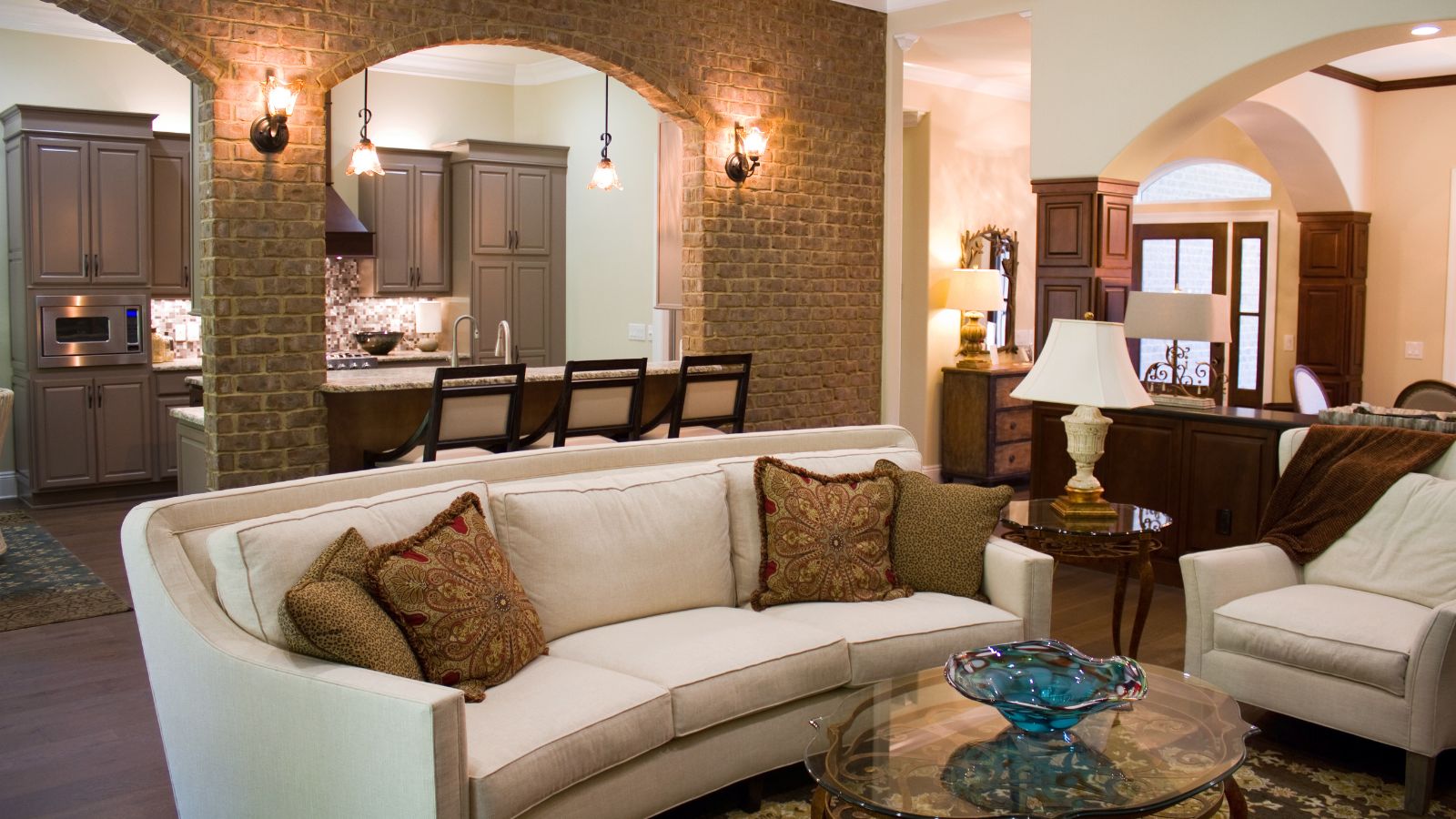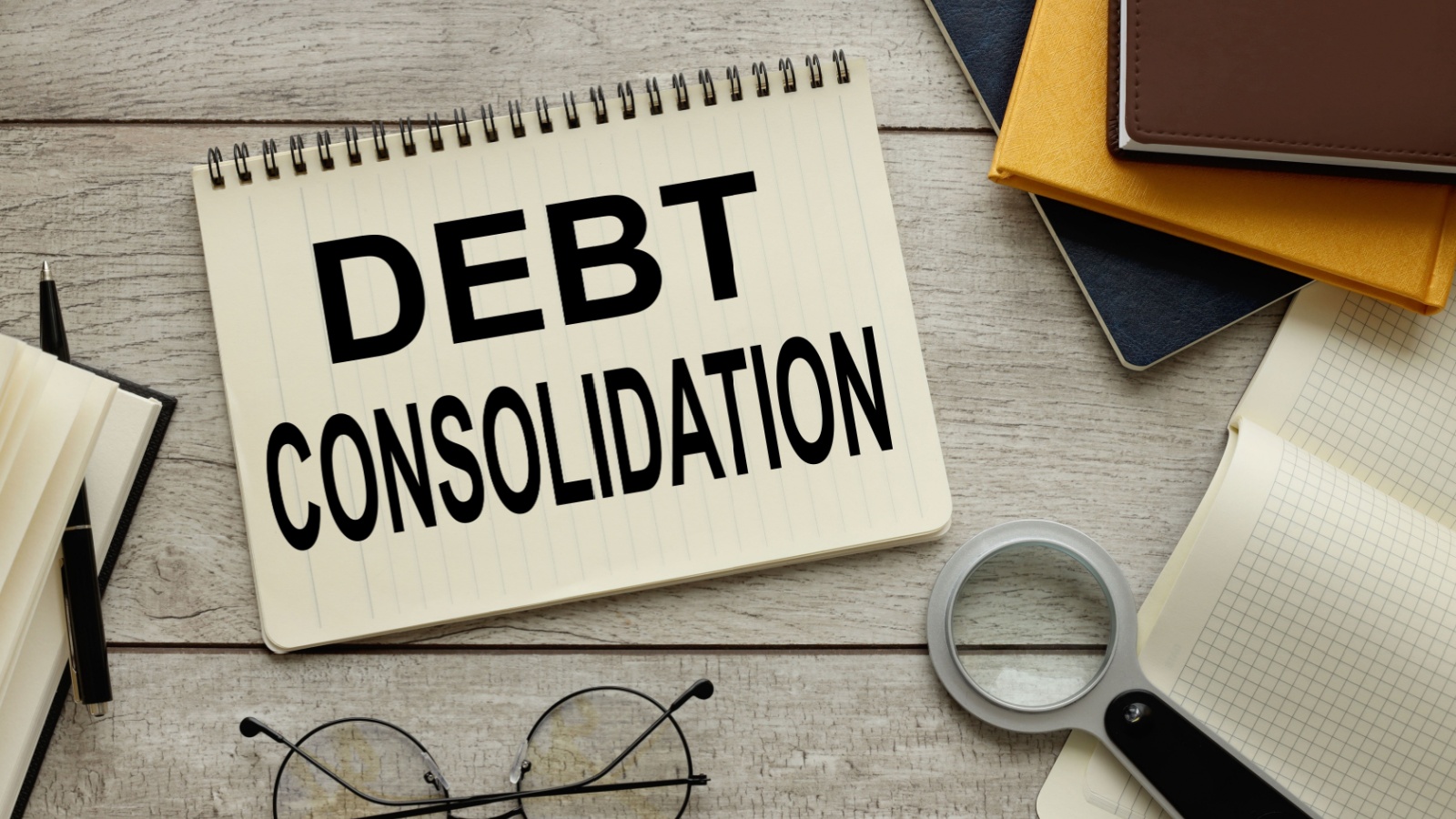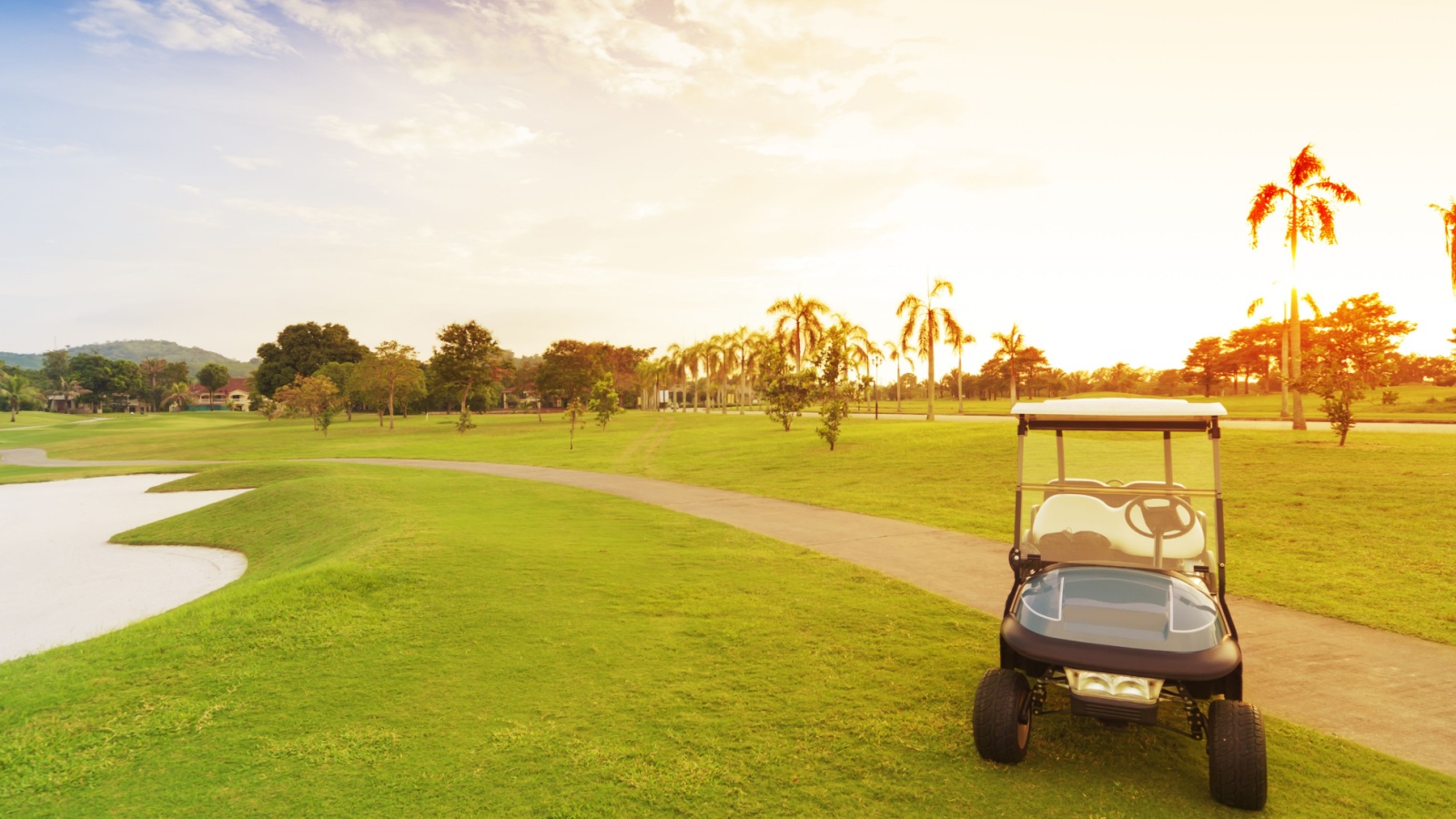Canada’s definition of “wealthy” is changing fast. With soaring housing prices, inflation eating into paychecks, and lifestyle costs climbing higher every year, the bar for what it means to be “upper class” has shifted dramatically. For many Canadians, making six figures no longer guarantees the comfort and security it once did. Here is the new “upper class” in Canada and how much you actually need to feel wealthy:
Annual Household Income Over $250,000

In today’s Canada, earning $250,000 or more as a household is widely seen as the threshold for upper-class status. This level of income allows for a comfortable lifestyle in most cities, though it doesn’t stretch as far in Toronto or Vancouver as it does in smaller towns. At this level, families can afford higher mortgage payments, regular travel, and quality private services. But it’s also where tax burdens grow heavier, meaning net wealth depends on careful financial planning. Still, this income level provides stability and flexibility, making it a key marker of Canada’s new upper class.
Owning a Home Worth $1.5 Million+

With average home prices skyrocketing, owning a property valued at over $1.5 million has become a modern marker of wealth. In cities like Vancouver and Toronto, this is almost the baseline for detached homes, while in smaller markets it signals luxury living. Being mortgage-free at this level truly sets homeowners apart, as it represents both financial freedom and long-term investment security. Many Canadians feel wealthy not because of their income, but because of their home equity, and in today’s market, high-value real estate remains one of the strongest symbols of being part of the upper class.
$2 Million or More in Net Worth

Beyond income and property, true wealth in Canada is measured by net worth. Crossing the $2 million threshold in assets, whether through real estate, investments, or business ownership, places families firmly in the new upper class. This figure provides a cushion against inflation, affords the freedom to take financial risks, and enables a comfortable retirement. With the cost of living rising, a million-dollar net worth no longer stretches as it once did. Hitting $2 million signals not just financial success, but resilience, security, and the ability to pass wealth along to future generations.
A Vacation Property or Cottage

Owning a secondary property, whether it’s a Muskoka cottage, a Whistler chalet, or a Cape Breton retreat, is now considered a hallmark of Canada’s upper class. Vacation homes don’t just represent luxury, as they show financial flexibility and generational wealth. With many Canadians priced out of even a primary residence, having a second property places owners in a rare category. These homes often serve as both income-generating rentals and long-term investments, and for many families, a vacation home is more about creating spaces for making memories and enjoying a lifestyle that extends beyond financial necessity.
Annual Travel Budget of $25,000+

Frequent international travel has become one of the clearest lifestyle markers of the upper class in Canada. Families who can spend $25,000 or more annually on vacations often enjoy multiple trips abroad, business-class flights, and luxury accommodations. With flight and hotel costs rising sharply, only higher earners can keep up with this level of travel. It’s not just about seeing the world, but also about flexibility, freedom, and cultural access. In an era where many Canadians are cutting back on even domestic trips, maintaining a steady international travel routine is a strong signal of wealth.
Private Education for Children

In cities where private school tuition ranges from $20,000 to $40,000 per year, sending kids to elite institutions has become a symbol of Canada’s upper class. For families, it represents both financial capability and long-term investment in their children’s futures. Beyond academics, private schools often offer exclusive networks and opportunities, reinforcing class divides. With public education widely accessible, choosing private is less about necessity and more about choice. Affording these costs, on top of extracurriculars, tutoring, and enrichment programs, shows a level of disposable income that firmly places families in the modern wealthy category.
Luxury Vehicles in the Driveway

Driving high-end cars, brands like Mercedes, BMW, Tesla, or Porsche, continues to be a visible marker of wealth in Canada. With luxury models costing well over $100,000, they represent both disposable income and lifestyle choice. Leasing or buying one vehicle at this level is a stretch for many Canadians, but owning multiple, perhaps an SUV for family life and a sports car for leisure, signals upper-class living. Beyond status, luxury cars often mean better performance, technology, and safety. In a country where most people drive practical sedans or SUVs, high-end vehicles remain an unmistakable sign of wealth.
A Portfolio of Investments Worth $1 Million+

Having an investment portfolio valued at over $1 million is now a defining marker of wealth. This doesn’t just mean savings accounts, and it includes stocks, mutual funds, ETFs, and private equity holdings that generate passive income. Many Canadians rely solely on pensions or small retirement accounts, but those in the upper class have diverse and robust portfolios. It’s not just about hitting the number, but about consistent growth and financial strategy. With inflation eroding traditional savings, investments are the true measure of financial strength, ensuring long-term wealth preservation and lifestyle stability across economic shifts.
Concierge Healthcare and Wellness Services

While Canada has public healthcare, the upper class often invests heavily in private clinics, concierge doctors, and specialized wellness services. These memberships can cost thousands per year but offer faster access, personalized care, and cutting-edge treatments. Add to this luxury gym memberships, personal trainers, and nutritionists, and the costs stack up quickly. This level of spending highlights the divide between basic care and optimized living. For the wealthy, health isn’t just about treatment, it’s about performance and longevity. Choosing concierge care signals financial comfort and the ability to prioritize wellness at the highest level.
Dining Out Without Stressing the Bill

For many Canadians, dining out has become a rare treat thanks to rising food costs. But for the upper class, regularly eating at high-end restaurants without worrying about the bill signals a different financial reality. Spending $500 or more on a dinner for two, or enjoying frequent fine dining experiences, is a luxury few can afford. Add wine pairings, special events, and chef’s tables, and the annual dining budget can easily reach into the tens of thousands. This kind of effortless spending shows wealth and a lifestyle of convenience and indulgence.
No Consumer Debt Beyond Mortgages

Being debt-free, except for strategic real estate investments, has become a defining sign of wealth in Canada. While many households juggle credit card balances, car loans, and student debt, the upper class maintains clean credit profiles and liquidity. Eliminating consumer debt frees up disposable income for investments, travel, and luxuries, and it also signals financial discipline, something that sets the wealthy apart from high-income earners who still live paycheck to paycheck. In today’s economy, the ability to say “I owe nothing” beyond property financing is one of the clearest signs of being truly upper class.
Philanthropy and Charitable Giving

True wealth in Canada is often reflected in giving. Families in the upper class typically donate thousands, sometimes millions, to charities, foundations, and causes close to their hearts. It’s not only a tax strategy but also a cultural marker of influence and responsibility. Being able to contribute regularly and significantly to community initiatives sets wealthy Canadians apart. Whether it’s funding scholarships, supporting hospitals, or sponsoring cultural institutions, philanthropy signals both financial capability and social standing. In many circles, the ability to give back generously has become as important as visible displays of wealth.
Exclusive Memberships and Clubs

From private golf courses to yacht clubs, exclusive memberships remain a marker of upper-class status. Annual fees often run into the thousands, with waitlists that can stretch for years. These memberships often focus on networking, influence, and access to circles where business and social opportunities intersect. For many wealthy Canadians, belonging to such clubs is as much a family tradition as it is a lifestyle choice. While most people stick to public gyms or community centers, access to exclusive venues quietly separates the upper class from everyone else in daily life.
International Real Estate Investments

For Canadians in the new upper class, wealth often extends beyond domestic borders. Owning property in places like Florida, the Caribbean, or Europe is both a lifestyle perk and a hedge against local market volatility. These properties can serve as vacation homes, rental income sources, or retirement retreats. The costs of international ownership, from purchase to maintenance, are prohibitive for most Canadians. But for the wealthy, global real estate diversifies assets and provides lifestyle options that reinforce upper-class living.
The Ability to Retire Comfortably Before 60

Perhaps the clearest marker of wealth today is the freedom to retire early without sacrificing lifestyle. For most Canadians, working well into their 60s or 70s feels inevitable. But those in the upper class can step away from traditional employment by 55 or sooner, thanks to strong pensions, investments, and real estate income. This ability signals financial security and time freedom, which is something money can’t easily buy. Retirement at this level often means enjoying global travel, hobbies, and a focus on family, all without financial stress, and for many, this is the ultimate definition of feeling truly wealthy.
21 Products Canadians Should Stockpile Before Tariffs Hit

If trade tensions escalate between Canada and the U.S., everyday essentials can suddenly disappear or skyrocket in price. Products like pantry basics and tech must-haves that depend on are deeply tied to cross-border supply chains and are likely to face various kinds of disruptions
21 Products Canadians Should Stockpile Before Tariffs Hit
